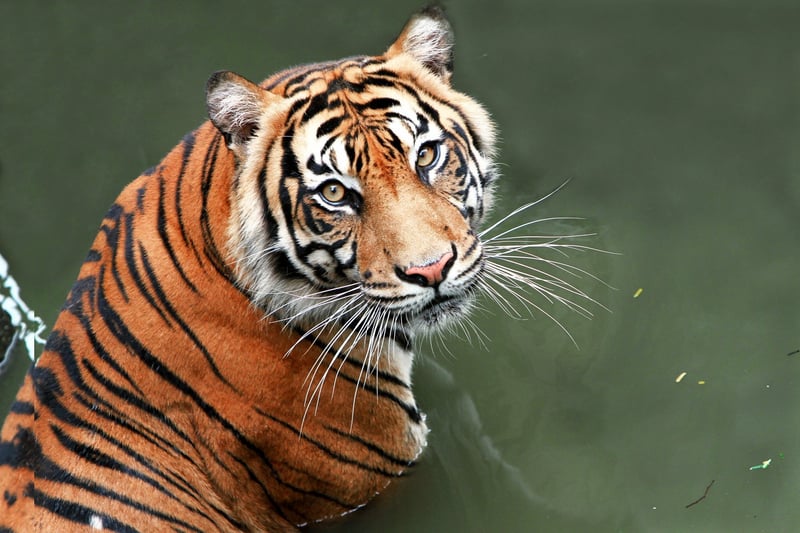
In honor of National Wildlife Day on September 4th, here are four concrete actions you can take to protect wild animals.
We are living in the sixth mass extinction—the sixth time in the planet’s history that wild animals and plants are becoming extinct at such a rapid rate. But unlike the volcanic eruptions or asteroids of the past, humans are responsible for this crisis. Major drivers of the sixth mass extinction include the wildlife trade, factory farming, pollution, and human-caused climate change.
We have to change our relationship with wildlife if we want a different future. In honor of National Wildlife Day on September 4th, here are four concrete actions you can take to protect wild animals.
1. Lobby Legislators to Protect Wild Animals
Using our online action pages, take a few minutes to ask your federal legislators to protect wild animals by co-sponsoring three important wildlife bills.
- The Preventing Future Pandemics Act – This bill would help shut down wildlife markets (sometimes called “wet markets”) and end the importation of terrestrial wildlife for human consumption in the US. While the bill’s focus is public health, animals in wildlife markets are crammed into tiny dirty cages and stacked on top of one another before being killed. Closing wildlife markets protects animals and humans.
- The Captive Primate Safety Act — It’s still legal to possess nonhuman primates like monkeys and lemurs as pets in 19 states. But it’s not possible to provide the psychological and physical enrichment these animals need in a human home. The Captive Primate Safety Act would ban the private possession of nonhuman primates.
2. Support Accredited Sanctuaries Instead of Zoos and Aquariums
While zoos have the potential to play an important role in conservation, modern zoos primarily exist for our entertainment—most even offer cruel “interactions” with animals for an extra fee. Instead of visiting a zoo, support an accredited sanctuary to ensure that the welfare of wild animals comes before profits.
3. Keep Wild Animals Out of the Pet Trade
Millions of reptiles, amphibians, birds, and wild mammals like sugar gliders are kept in homes in the US. Help keep wild animals in the wild by taking two steps:
- Use our online action page to tell PetSmart to stop selling reptiles and amphibians
- Don’t like, comment, or watch videos and posts that feature wild animals being kept as pets. Unfortunately, wild “pets” are increasingly popular on social media platforms like TikTok, and that encourages more people to purchase wild animals. Social media stars are rewarded every time you watch or like a video so you can help decrease the exposure they receive by ignoring content that hurts animals.
4. Incorporate More Plant-Based Meals into Your Diet
Factory farming, including land used for grazing and to grow crops to feed animals, is destroying wild animals’ habitats and creating massive dead zones in the ocean. Decreasing meat consumption by including more plant-based options reduces the demand for animal agriculture.
I hope you’ll join me in celebrating National Wildlife Day by taking a few simple actions to protect wild animals.
